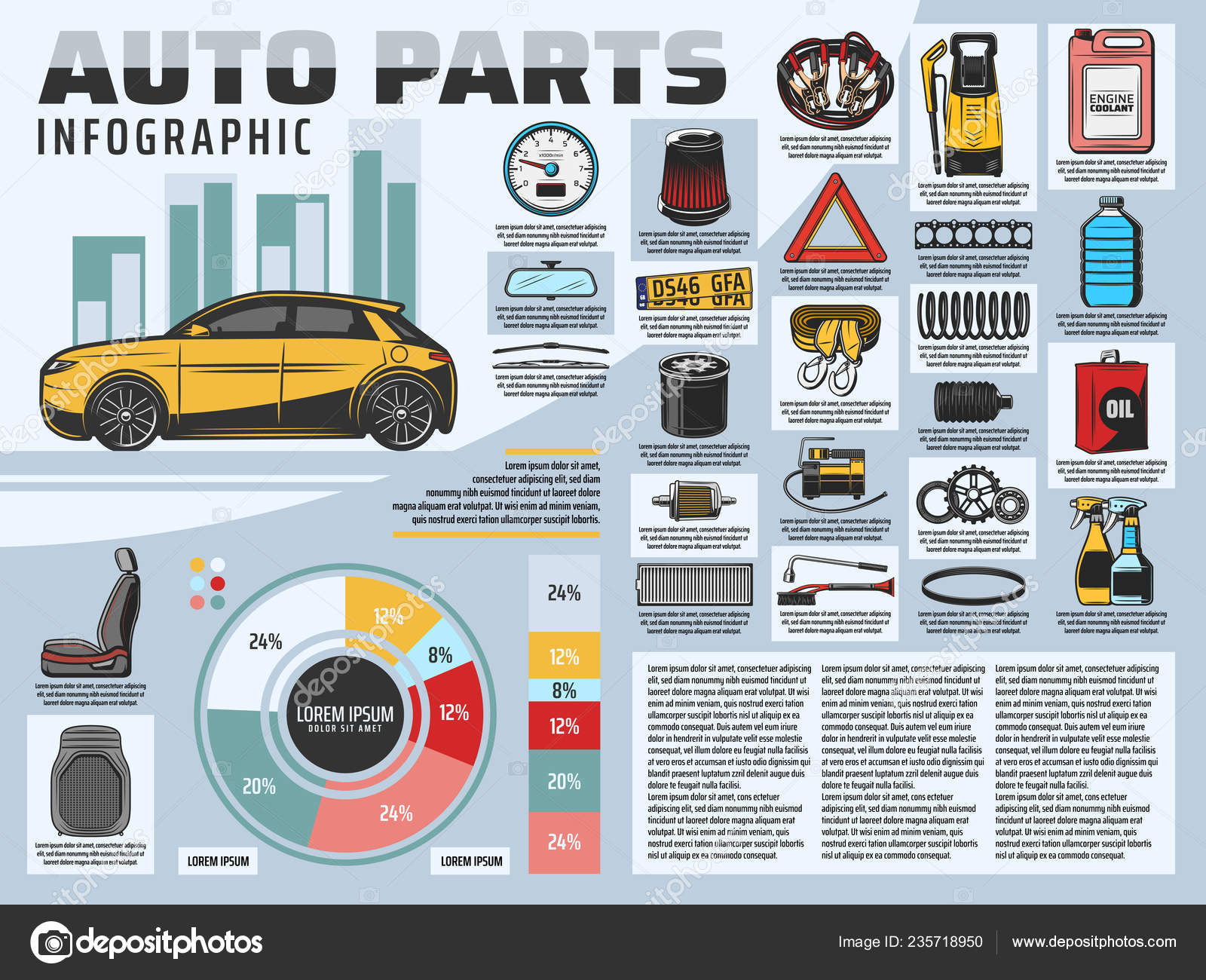Looking For Clarity On The Caution Lights Showed On Your Car'S Control Panel? Discover How They Relate To Your Vehicle'S Health And Wellness
Looking For Clarity On The Caution Lights Showed On Your Car'S Control Panel? Discover How They Relate To Your Vehicle'S Health And Wellness
Blog Article
Authored By-Termansen Alvarado
When you lag the wheel, those glowing warning lights on your dashboard can be a little bit complicated. Do you recognize what they're attempting to inform you regarding your cars and truck's health? Comprehending the value of these lights is essential for your safety and security and the long life of your car. So, the following time one of those lights appears, wouldn't you wish to decipher its message precisely and take the required steps to resolve it?
Common Caution Lights and Interpretations
Recognize typical caution lights in your auto and understand their meanings to ensure risk-free driving.
One of the most regular caution lights include the check engine light, which indicates problems with the engine or emissions system. If this light begins, it's crucial to have your lorry inspected without delay.
The oil pressure warning light suggests low oil pressure, requiring immediate focus to prevent engine damages.
A flashing battery light might suggest a defective billing system, possibly leaving you stranded otherwise addressed.
The tire stress tracking system (TPMS) light signals you to reduced tire pressure, impacting car security and gas efficiency. Neglecting this can lead to harmful driving conditions.
The ABS light shows a problem with the anti-lock braking system, compromising your ability to quit rapidly in emergency situations.
Finally, the coolant temperature alerting light warns of engine getting too hot, which can result in severe damage otherwise resolved promptly.
Understanding these usual warning lights will assist you resolve concerns without delay and preserve secure driving problems.
Importance of Prompt Attention
Understanding the usual caution lights in your automobile is only the first step; the relevance of promptly addressing these cautions can not be stressed enough to guarantee your safety when traveling.
When a warning light brightens on your dashboard, it's your vehicle's method of communicating a potential issue that needs interest. Neglecting these cautions can cause extra extreme troubles in the future, compromising your safety and security and possibly costing you more in repairs.
Prompt interest to advising lights can protect against break downs and crashes. For example, a flashing check engine light could indicate a misfire that, if left neglected, can cause damage to the catalytic converter. Addressing check over herea can conserve you from an expensive repair.
In official website , a brake system advising light may signal reduced brake liquid or used brake pads, crucial parts for your security when driving.
Do It Yourself Troubleshooting Tips
If you notice a warning light on your control panel, there are a few DIY fixing pointers you can try prior to seeking professional aid.
The primary step is to consult your car's handbook to understand what the details warning light suggests. Sometimes the issue can be as basic as a loose gas cap triggering the check engine light. Tightening up the gas cap might resolve the issue.
An additional common issue is a low battery, which can activate numerous alerting lights. Examining the battery connections for rust and ensuring they're secure may take care of the problem.
If a caution light continues, you can attempt resetting it by detaching the auto's battery for a couple of mins and then reconnecting it. Furthermore, examining full service car cleaning near me , such as oil, coolant, and brake fluid, can aid fix warning lights associated with these systems.
Final thought
Finally, recognizing your automobile's caution lights is crucial for keeping your car running smoothly and safely. By quickly addressing these notifies and understanding what they imply, you can avoid expensive repairs and potential malfunctions.
Keep in mind to consult your vehicle's manual for specific information on each alerting light and act appropriately to make sure a hassle-free driving experience.
Remain notified, stay safe when driving!
